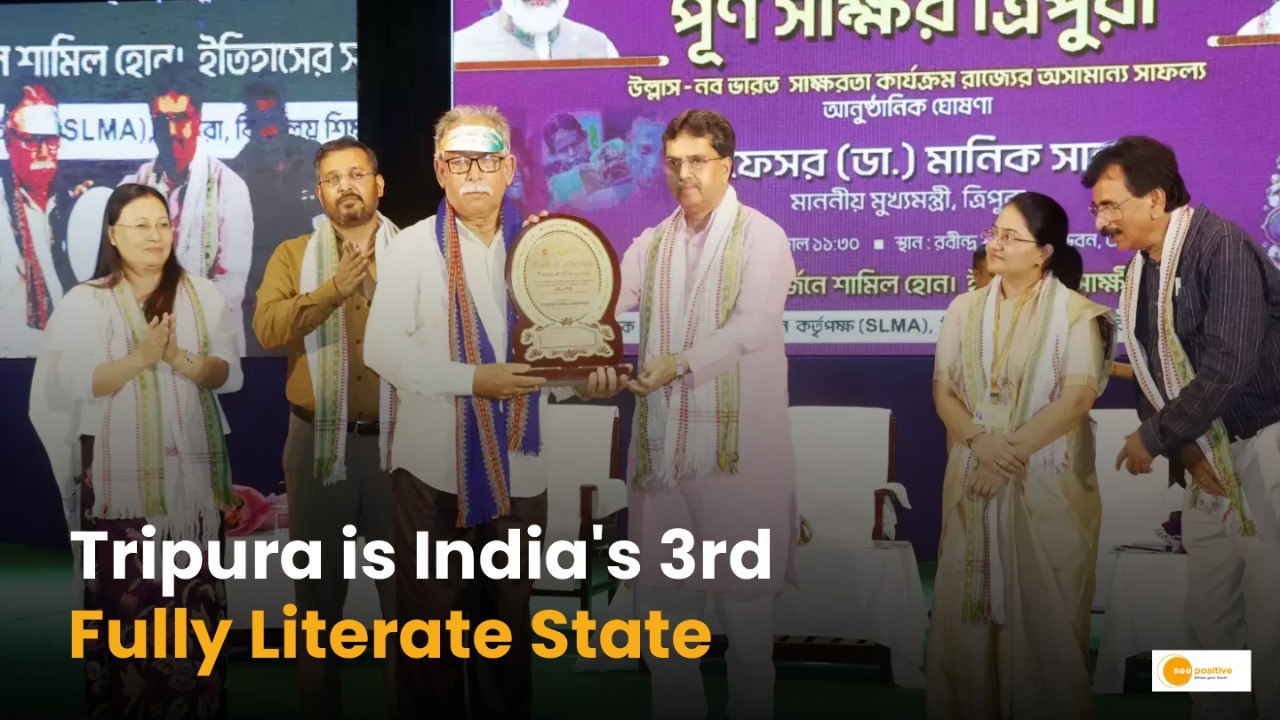Tripura has made history by becoming the third Indian state to be officially declared fully literate. This is following in the footsteps of Mizoram and Goa which occupy first two positions. The state reached an impressive literacy rate of 95.6%. It has surpassed the benchmark required by the Ministry of Education to qualify as “fully literate.” According to UNESCO, states that cross the 95 per cent mark would be declared as fully literate.
From Low Beginnings to National Leader
Tripura’s journey toward literacy has been long and determined. Back in 1961, the literacy rate in the state stood at a low 20.24%. Over the decades, sustained educational reforms and grassroots initiatives helped raise this number. By the 2011 Census, Tripura had already made significant progress, climbing to a literacy rate of 87.22%, one of the highest in the country at the time.
ULLAS: A Game-Changing Literacy Campaign
The credit for Tripura’s latest success largely goes to ULLAS (Understanding Lifelong Learning for All in Society), a central government scheme launched in 2022 under the National Education Policy 2020. ULLAS aims to eliminate adult illiteracy across India by 2027. Tripura effectively implemented this program by focusing on adults aged 15 and above who never had formal education.
Innovative and Inclusive Teaching Methods
Under ULLAS, the state adopted an inclusive approach, going beyond reading and writing to provide functional literacy. This included digital education, basic numeracy, financial literacy, and life skills training. Learning materials were provided in Bengali, English, and Kokborok, ensuring they were accessible to diverse linguistic communities. The program was supported by 2,228 volunteer teachers, often called the Youth Literacy Corps, who conducted sessions at nearly 943 learning centers set up across rural and tribal areas.
Technology as a Driving Force
Tripura used technology smartly to drive the program. The ULLAS mobile app and the DIKSHA digital learning platform helped track the progress of learners and streamline instruction. Volunteers even conducted surveys door-to-door to identify non-literate individuals, ensuring no one was left behind.
Conclusion
Tripura’s transformation from a state with just 20% literacy in the 1960s to over 95% in 2025 is a remarkable story of persistence and people-powered education. With strong policies, community involvement, and innovative methods, the state has not just improved literacy but empowered its citizens—setting an example for the rest of the country.


